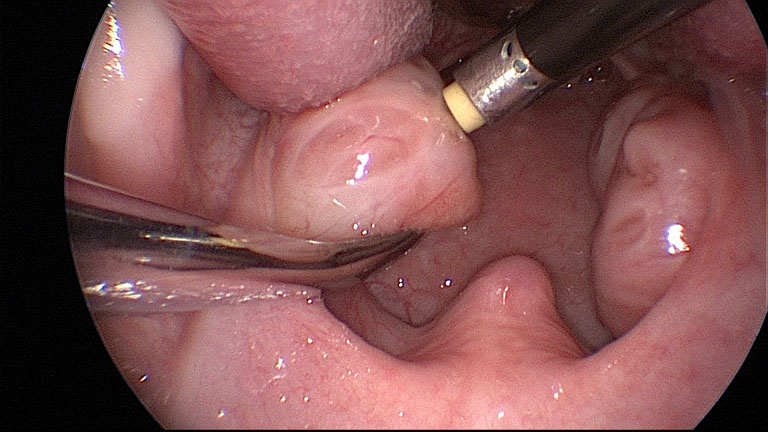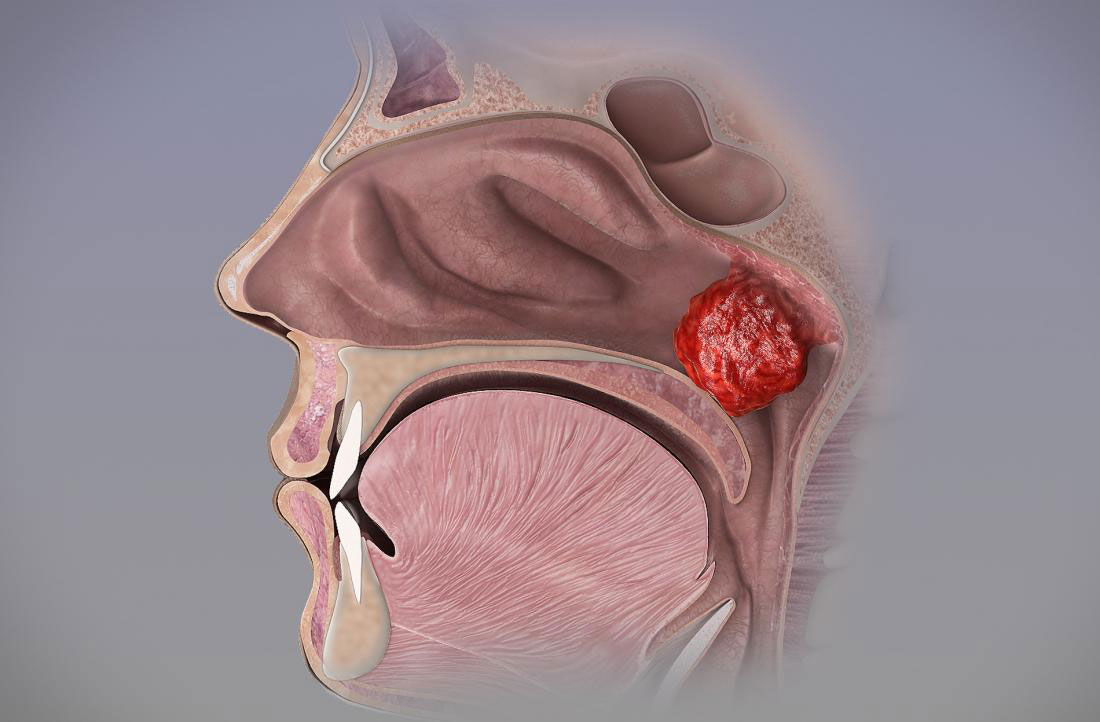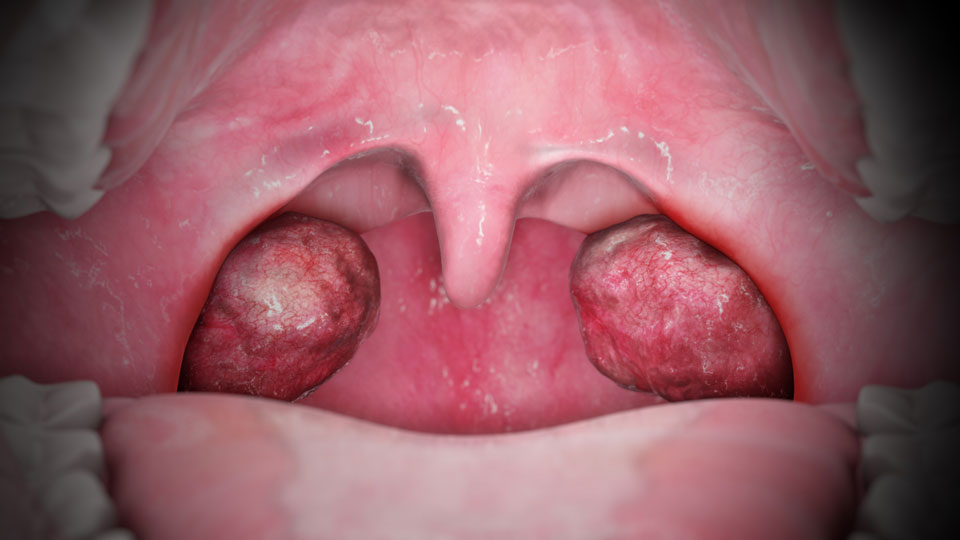Tonsillectomy Procedure
04
Oct
2021
What is a Tonsillectomy?
A tonsillectomy is the surgical removal of the tonsils, two oval-shaped pads of tissue at the rear of the throat, one tonsil on either side.
A tonsillectomy was once a common procedure to treat infection and swelling of the tonsils (tonsillitis). Today, a tonsillectomy is generally performed for sleep-disordered breathing but might still be a treatment when tonsillitis occurs frequently or does not respond to other treatments.
A tonsillectomy might also be required to treat breathing and other problems associated with swollen tonsils and to treat uncommon diseases of the tonsils.
Recovery time for a tonsillectomy is generally at least ten days to two weeks.

Why it is done
A tonsillectomy is used to treat the following:
Repeated, chronic, or severe tonsillitis
Complications of swollen tonsils
Bleeding of the tonsils
Other uncommon diseases of the tonsils
Tonsillitis
The tonsils are the immune system's primary line of defense against bacteria and viruses entering your mouth. This function might make the tonsils especially susceptible to infection and inflammation. However, the tonsil's immune system function weakens after puberty — a factor that might explain the uncommon cases of tonsillitis among adults.
A tonsillectomy might be recommended to prevent frequent, recurring episodes of tonsillitis. Frequent tonsillitis is usually defined as:
At least 7 episodes in the preceding year
At least 5 episodes a year in the past 2 years
At least 3 episodes a year in the past 3 years
The procedure might also be recommended if:
A bacterial infection causing tonsillitis does not improve with antibiotic treatment.
An infection that results in a collection of pus behind a tonsil (tonsillar abscess) does not improve with drug treatment or a drainage procedure.
Complications of enlarged tonsils
Tonsils might become enlarged after frequent or persistent infections, or they might be naturally large. A tonsillectomy might be used to treat the following problems caused or complicated by enlarged tonsils:
Trouble breathing
Disrupted breathing while sleeping (obstructive sleep apnea)
Other diseases or conditions of the tonsils
A tonsillectomy might also be used to treat other uncommon diseases or conditions of the tonsils, like:
Cancer tissue (malignancy) in one or both tonsils or suspected malignancy
Recurring bleeding from blood vessels near the surface of the tonsils
Severe bad breath (halitosis) associated with debris in the crevices of tonsils

Tonsillectomy Risks
A tonsillectomy, like other surgeries, has specific risks:
Reactions to anesthetics - Medication to make you sleep during surgery usually causes minor, short-term problems, like headache, nausea, vomiting, or muscle soreness. Severe, long-term problems are rare, though general anesthesia is not without the risk of death.
Swelling - Swelling of the tongue and soft roof of the mouth (soft palate) could cause breathing problems, especially during the first few hours after the procedure.
Bleeding during surgery - In rare cases, severe bleeding happens during surgery and needs additional treatment and a longer hospital stay.
Bleeding during healing - Bleeding could happen during the healing process, especially if the scab from the wound is dislodged too soon.
Infection - While it is a rare occurrence, surgery could lead to an infection that needs further treatment.

Tonsillectomy Preparation
You will receive directions from the hospital about how to prepare yourself or your child for a tonsillectomy.
Information you will likely be asked to provide includes:
All medications, including over-the-counter drugs and dietary supplements, are taken daily
Personal or family history of adverse effects to anesthetics
Personal or family history of bleeding disorders or conditions
Known allergies or other negative effects to medications, like antibiotics
Instructions for preparing will include the following:
Your doctor might ask you to stop taking some medications or change dosages of medications some days before the surgery.
Being told not to eat anything after midnight prior to the scheduled surgery. Your surgeon should provide you with instructions about eating food and drinking fluids before reporting to the hospital.
Making arrangements to get home.
Planning for 10 days to 2 weeks or more of recovery time. Adults might require more time than children do.
Questions you should ask your doctor or the hospital staff about yourself or on behalf of your child include:
What are dietary restrictions prior to surgery?
When should I reach the hospital?
Where do I need to check-in?
What prescription medications can I take in the days prior to surgery? When can I take the final dose?
What is the expected recovery time?
What restrictions to activities or diet should I expect at the time of recovery?
Tests or blood work might be needed before surgery. Your doctor might also order a sleep study (polysomnography) if a tonsillectomy is intended for treating obstructive sleep apnea, other blockages of the airway, and some other conditions.

What you could expect
A tonsillectomy is generally done as an outpatient procedure. This means you will be able to go home the day of the surgery. An overnight stay is possible if problems arise, if the surgery is performed on a young child, or if you have a complex medical condition.
Before the procedure
A nurse might use a pre-surgery checklist of questions, like asking you to state your name and the reason for your surgery. This is a standard procedure to assure the safety of patients.
During the procedure
A tonsillectomy is done under general anesthesia. You or your child would not be aware of the procedure or experience pain during the surgery. The surgeon might cut out the tonsils using a blade (scalpel) or a specialized surgical tool that uses heat or high-energy heat or sound waves to remove or destroy tissues and prevent bleeding.
After the procedure
Common problems after a tonsillectomy include the following:
Moderate to severe pain in the throat for 1 to 2 weeks
Pain in the ears, neck, or jaw
Nausea and vomiting for some days
Mild fever for some days
Bad breath for up to 2 weeks
Inflammation of the tongue or throat
The sensation of something getting stuck in the throat
Anxiety or sleep disturbances in children
Steps to control pain and promote a good recovery include the following:
Medications - Take pain medications as directed by your doctor or the hospital staff.
Fluids - It is crucial to get plenty of fluids after surgery to circumvent dehydration. Water and ice pops are good options.
Food - Bland foods that are easy to swallow, like applesauce or broth, are the best options immediately after surgery. Foods like ice cream and pudding could be added to the diet if they are tolerated. Foods that are easy to chew and swallow must be added to the diet as soon as possible. Avoid acidic, spicy, hard, or crunchy foods that might cause pain or bleeding.
Rest - Bed rest is important for a few days after the surgery, and exhausting activities — like running and bike riding — should be avoided for 2 weeks after the surgery. You or your child should be able to return to work or school after continuing a routine diet, sleeping normally through the night, and not requiring pain medication. Speak to your doctor about any activities that should be avoided.
When should you see the doctor or get emergency care?
Watch for the following complications that need prompt medical care:
Bleeding - You might see small specks of dark blood from the nose or in the saliva, but any bright red blood needs a trip to the emergency room (ER) for a prompt evaluation and treatment. Surgery to stop bleeding might be required.
Fever - Contact your doctor if you or your child has a fever of 102 F (38.9 C) or higher.
Dehydration - Contact your doctor if you observe signs of dehydration, like reduced urination, thirst, weakness, headache, dizziness, or light-headedness. Common signs of dehydration in children include urinating fewer than 2 or 3 times a day or crying with no tears.
Breathing problems - Snoring or noisy breathing is common at the time of the first week or so of recovery. However, if you or your child is having trouble breathing, get emergency care.
Tonsillectomy Results
Tonsillectomies to treat repeated bacterial tonsillitis and lower the frequency and severity of strep throat and other bacterial infections. Tonsillectomies to treat viral tonsillitis have a lesser benefit.
Tonsillectomies to treat obstructive sleep apnea and other conditions not associated with infections could improve outcomes when other treatment strategies have not been beneficial.
Hill Regional (HRH) Hospital is here to assist all your medical needs with specialists and surgeons trained and experienced in the most advanced treatments. Our highly qualified doctors, nurses, and administrators are dedicated to caring for you with compassion in our state-of-the-art facilities.
Call us on 254-580-8500 to book an appointment with our specialist doctors.